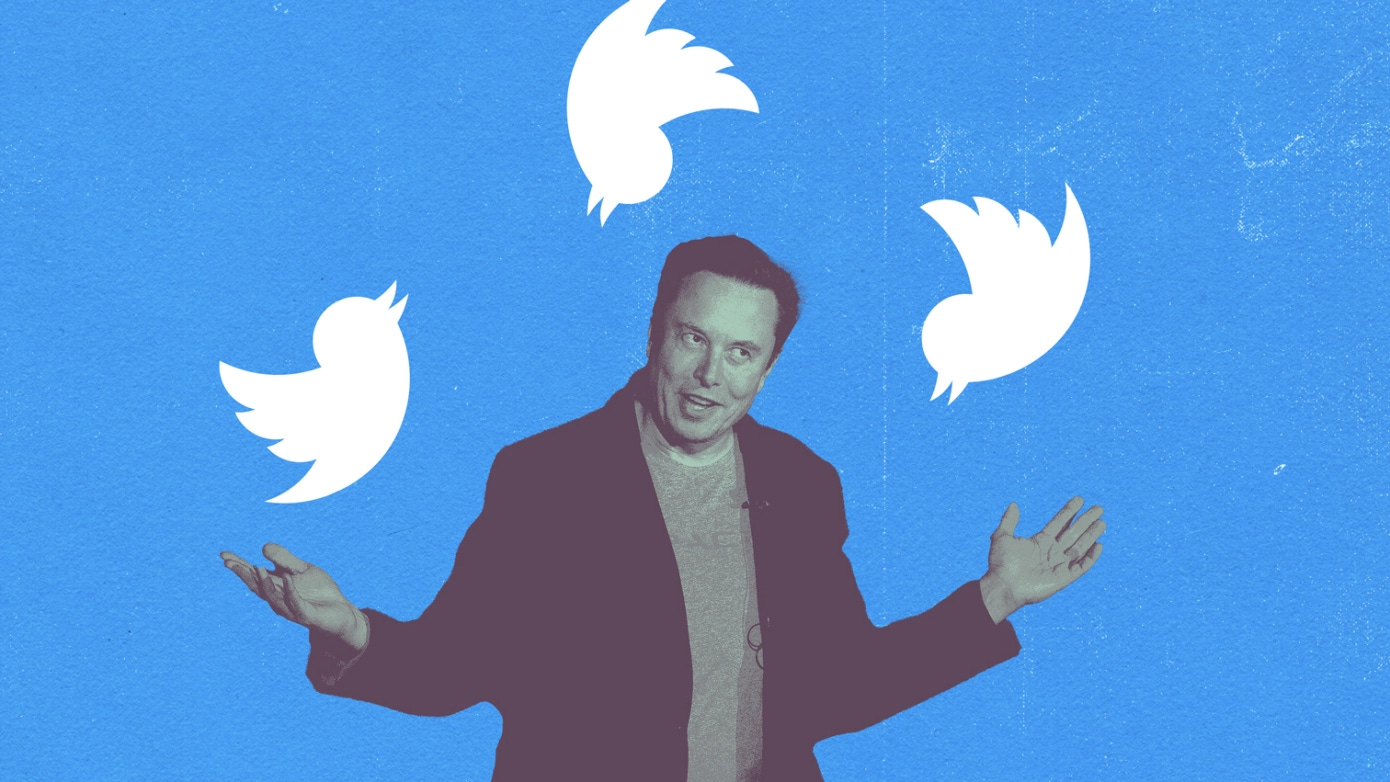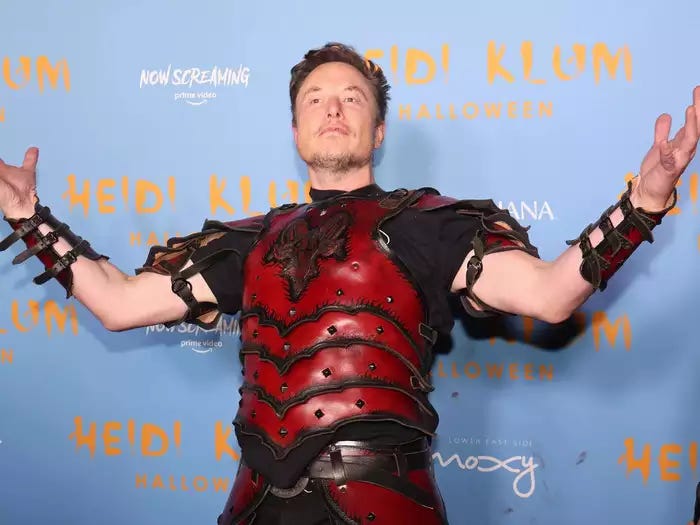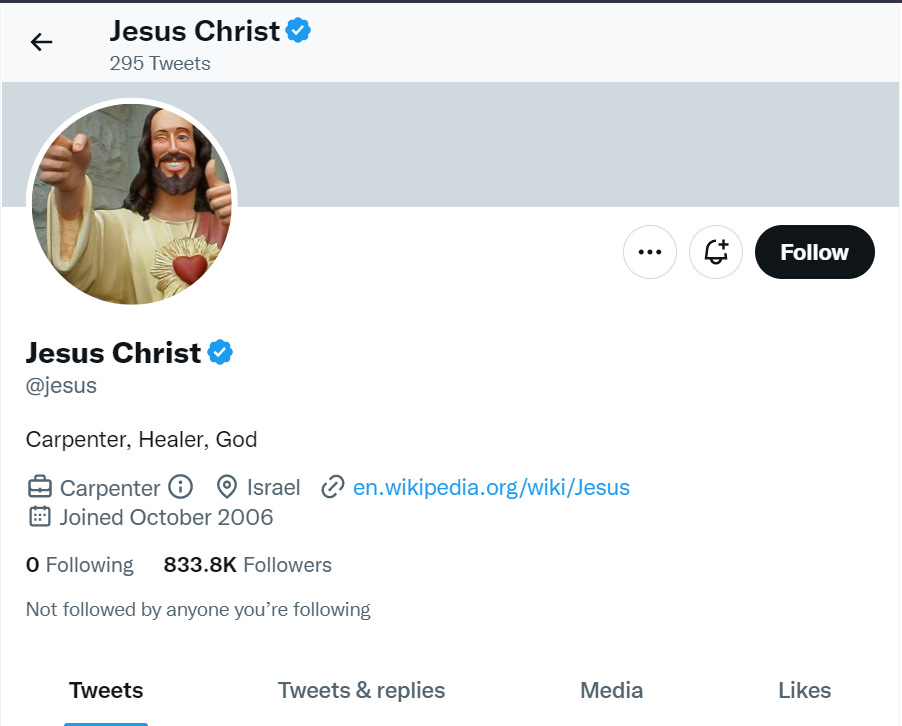The Twitter Fiasco: A Round-up
If Twitter continues the same way under Musk, it will attract more government interventions which will slowly spread to entire Internet. Musk needs to choose between 'free' or 'restricted' internet.
Twitter is a platform that has driven a repute as ‘public town square’ where you can find people from every walks of life. From a normal user being for news to politicians actively using it in their life. Recently, Elon Musk bought it for $44 billions. Honestly, I am not pretty sanguine about this development (or mess, I’d rather say). Although I agree that Twitter needed huge improvements, they were never supposed to be this way. As a frequent user, this chaos is really running out of hand. Welcome to Elon’s verified hellscape.
Hiring and Firing
After months of drama with Elon and Twitter Board suing each other in the Delaware Court of Chancery and counter suits, billionaire Elon Musk officially became the owner of Twitter and took it private. Since then, we have seen so many changes coming up and things moving rapidly — sadly though, they don’t seem to be smooth. I don’t know if the change is for the better or the worse but it certainly looks like a very bad time for Twitter under Elon. Access to internal Trust and Safety tools were cut off for majority of employees on the team just before US mid-term elections and only ~ 30 people taking charge of moderating a platform hosting more than 237.8 million users, not to mention big tech and billionaires using the platform now and then with many unpleasant reactions from spam accounts that behave like bots (the prime reason of Elon once backtracking the deal).
Twitter engineers are now forced to work up to 12 hours a day to release features that Elon directs them within the timeframe or be fired while the boss does the usual work — bossing around. The bio changing from Chief Twit to Twitter Complaint Hotline Operator shows that he soon realized that heading something this big means having a constant stream of “feedback”. Coming at the helm of Twitter, Elon ended work-from-home for employees and mandated 40 hour work week. Not just that, he also fired 50% of Twitter’s staff and over 90% staff in India, leaving only a dozen. Sometimes quantity triumphs quality as was the case with people writing extraordinarily long codes were retained while short coders fired.
The Verified Hellscape
Twitter has hugely depended on advertisers for generating active revenue. The new owner wanted to change that (being capitalistic). He decided to let users verify themselves by paying $8 — someone thought only real users have money. But that simply wasn’t the case. Musk wanted to delegate the responsibility of verifying a user’s identity to Apple and Google which didn’t work out and soon we saw a verified Jesus Christ, Mario fiddling around with the finger and a brand losing out billions of dollars of stock value. Yeah, SpaceX also had a fake verified account spilling the beans. This mess was so serious that even many big democracies lashed out. Twitter Blue as it is, was gone a day later and the “Official” badge was back. Some people even complained of being charged the second time for the old subscription.
If anyone ever asks me how hard it is to be a product manager, I’m showing them this:
One of the most viral tweets of fake verified accounts, was a verified Eli Lilly account that tweeted “insulin is free now,” which forced the real ELi Lilly to apologize for the “misleading” tweet because its insulin is, in fact, not free. Another fake Eli Lilly then apologized for the actual Eli Lilly’s apology. An account that appeared to belong to a Twitter ad sales rep desperately tweeted at Musk to remove the fake Eli Lilly accounts. Both of the fake Eli Lilly accounts were suspended, but the tweets still sent the pharma company’s stock into a nosedive.
Hasta la vista, advertisers!
He really kind of blew it says Matt Navarra, a social media manager who previously worked for Government of UK and various other brands. He also runs a newsletter Geekout — something very relatable and informative for any (social media manager) person out there. If you want to see the ‘Blue chaos”, be the guest. I wish Elon could be a little more forth-sighted. Unfortunately, it’s said that “understanding is an art; not everyone is an artist.” Twitter Advertisers also plan to suspend their ad spending on the platform at the moment (a huge thing as ads consist 90% of Twitter’s revenue). Too much happened too soon that even Elon wasn’t able to catch up.
To do some “damage control”, Elon hosted a Twitter Space which was soon joined by top brands, advertisers and journalists alike. That + a physical meeting with advertisers had the opposite effect of what he intended. It could have a gone a lot better but first time should be worst. Meanwhile, employees internally are reeling under pressure because the hasten layoffs let some original developers of features which present employees have no knowledge of. His announcements of new features comes as a news to the one who will be going to build them in an impossible timeframe as was the announcements in this Space. A day later, Yoel Roth (a co-host of the Space and Head of Trust & Safety team) was gone while Robin Wheeler was persuaded by Elon to stay back.
Musk’s leadership style is not translating to Twitter, apparently. His other companies are also tech: The Boring Company, Neuralink, SpaceX and Tesla. But they are consumer products unlike Twitter that finds itself to be a social media platform. They are disparate and are poles apart from each other. Social media’s products are people-inclusive; not some product updates that boost profit. Elon might have to change his one man show and make the management process people inclusive if he wants to contain the fire on 44 billion acres of his land. He also tweeted that Twitter will make many dumb decisions and forgo them as the reactions turn out. I believe too much of this will be dangerous. He’s using a hammer right now where he should have used screw driver.
After this Space, Elon sent his first company-wide official email after the takeover, sent at 11:39 PM PT, mostly when majority of employees were asleep. Here’s how it was:
“Sorry that this is my first email to the whole company but there is no way to sugarcoat the message that Twitter’s future is “dire”, an expression of worsening economy, rising costs and debts. Without significant subscription revenue, there is a good chance Twitter will not survive the upcoming economic downturn. We need roughly half of our revenue to be subscription.” Musk linked to the Spaces he had held with Roth and Wheeler, and ended with a bombshell: every remaining Twitter employee was expected to return to their offices to work beginning Thursday. (“Obviously, if you are physically unable to travel to an office or have a critical personal obligation, then your absence is understandable,” he added.)
A few minutes later, Elon followed up with another mail labeled Top Priority. It stated the top priority is to eliminate any verified spam/bot/troll account over the coming days. Here’s a little more treat on A Verifiable Mess by New York Times. This was a mess as much as everyone had predicted. Or quite more worse. Just as Twitter ceased permanent work-from-home and asked employees to show up, its chief privacy officer, Damien Kieran; its chief information security officer; Lea Kissner; and its chief compliance officer, Marianne Fogarty, had all resigned. This was jolting and could put Twitter heads-on with Federal Trade Commission for violation of a consent decree based on the fact that privacy and security officers just went null.
Here’s the entire internal note from The Verge:
Elon has shown that his only priority with Twitter users is how to monetize them. I do not believe he cares about the human rights activists. the dissidents, our users in un-monetizable regions, and all the other users who have made Twitter the global town square you have all spent so long building, and we all love.
I have heard Alex Spiro (current head of Legal) say that Elon is willing to take on a huge amount of risk in relation to this company and its users, because “Elon puts rockets into space, he’s not afraid of the FTC.” I have heard another leader in the Legal department say that because of the tight SLA’s (of two weeks?!) between product inception > launch, Legal will “have to shift the burden to engineers” to self-certify compliance with FTC requirements and other laws. This will put huge amount of personal, professional and legal risk onto engineers: I anticipate that all of you will be pressured by management into pushing out changes that will likely lead to major incidents.
All of this is extremely dangerous for our users. Also, given that the FTC can (and will!) fine Twitter BILLIONS of dollars pursuant to the FTC Consent Order, extremely detrimental to Twitter’s longevity as a platform. Our users deserve so much better than this.
The attorney, who said they would be taking the remainder of the day off, ended with a link to Whistleblower Aid, and encouraged any employee who felt uncomfortable with what the Musk regime had asked them to do to call the FTC directly. Musk is all-seeing and emailed employees sometime later that Twitter will do whatever it takes to adhere to both letter and spirit of the FTC Consent decree. Something’s got serious.
The first meeting
Just after lunch time, Musk held an unannounced all-hands meeting with the staff — the first of him being CEO impending in an hour; he arrived just 15 minutes late. He discussed with employees on:
The recession putting Twitter at the risk of losing billions and billions of dollars in the future if advertisers continue to walkout and revenues fall. A bombshell was dropped: bankruptcy isn’t out of question, yet.
Speaking of the value of in-person work, he said: “If you can physically make it to an office and you don’t show up, resignation accepted.” Those last two words would loom larger in the hours afterward, when Roth tendered his resignation. So did John Debay, director of software engineering. That left massive holes in the product and trust and safety, further increasing the difficulty for Musk as he attempts to retain and recruit advertisers.
That difficulty of growing the ad business had already been increased by Musk’s decision, against the advice of many employees on his team, to proceed with an ill-considered plan to make verification checkmarks available to anyone willing to pay $8 for a subscription to Twitter Blue. Even though the verification processed was messed up from the beginning, at the the meaning of white-on-blue checkmark was clear.
Twitter as a payments company?!
Amidst the meltdown, Elon has another idea. It was to make Twitter as a payments company (wow, a bank of sorts). Musk even plans to drop a few bucks in many if not all accounts so they can try payments on Twitter. PayPal, you gonna have a tough competition. The company has been working to make that a reality. On Nov. 4 the company named Esther Crawford, who has been leading the rollout of the new Blue, CEO of Twitter Payments, according to a screenshot viewed by Platformer. The company is currently seeking a money transmitter license in Washington, according to the message. At the hellscape, much of the security governance risks and compliance team has left — leaving Twitter with few employees to gather documents and evidence should the FTC come calling.
Although I stand neutral in this chaos, Elon might do something better after all (hopefully) as he has with the other three companies in three different industries. Maybe he needs to learn how to behave with people, be inclusive and become a good CEO because unlike his other companies, Twitter has seen other kinder bosses in the past. He cannot easily cut off and deteriorate the culture and admonish people at the whims of his mercy. And with the way things are going, people are beginning to contemplate a world in which Twitter at large goes silent as well.







